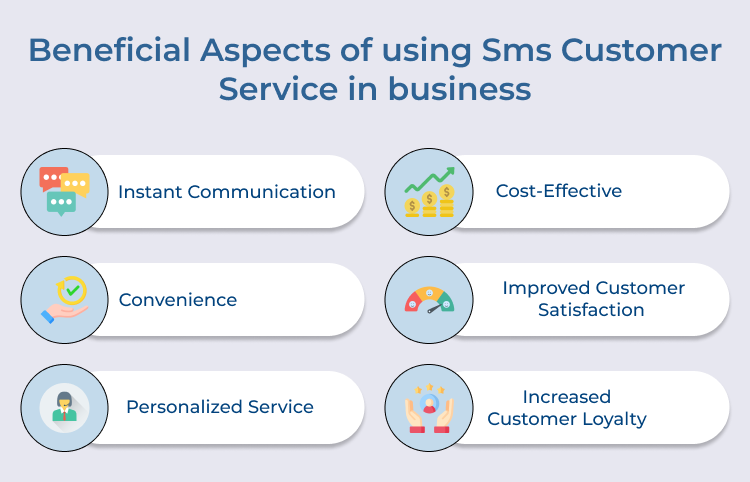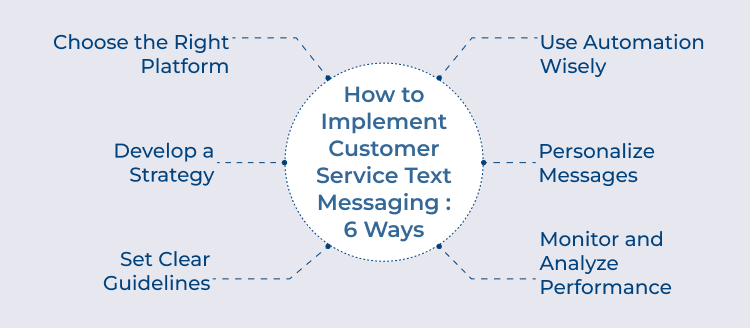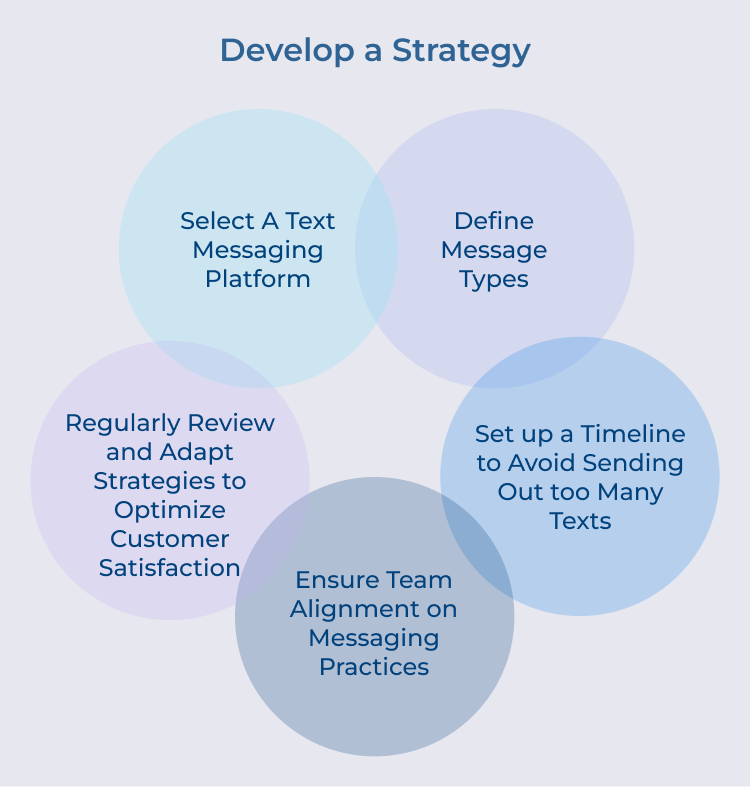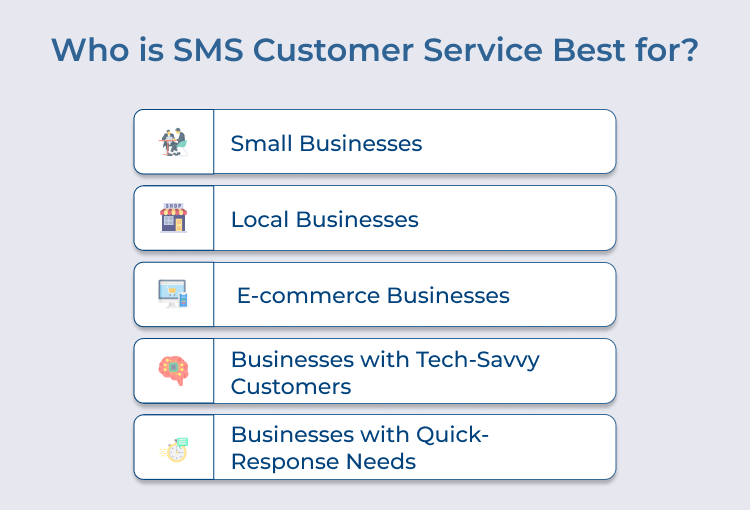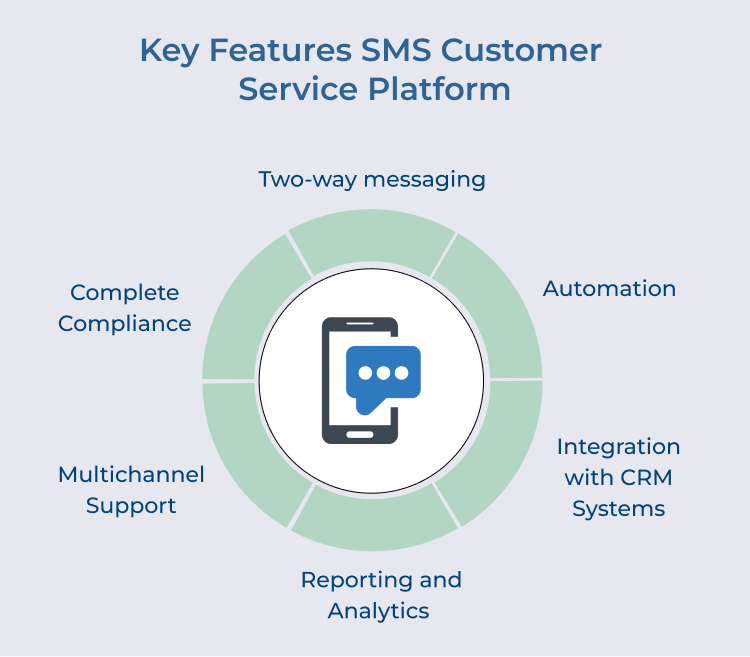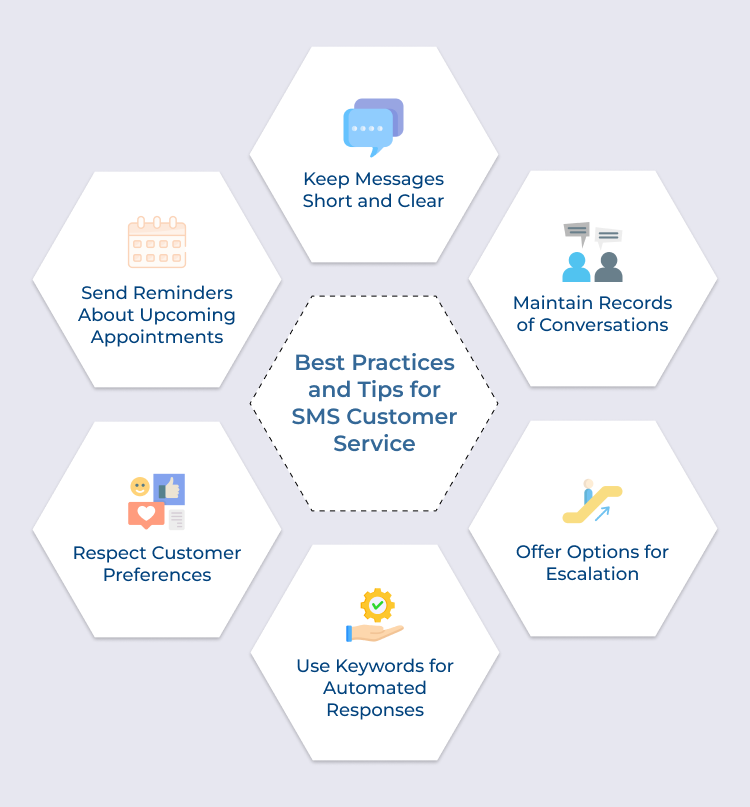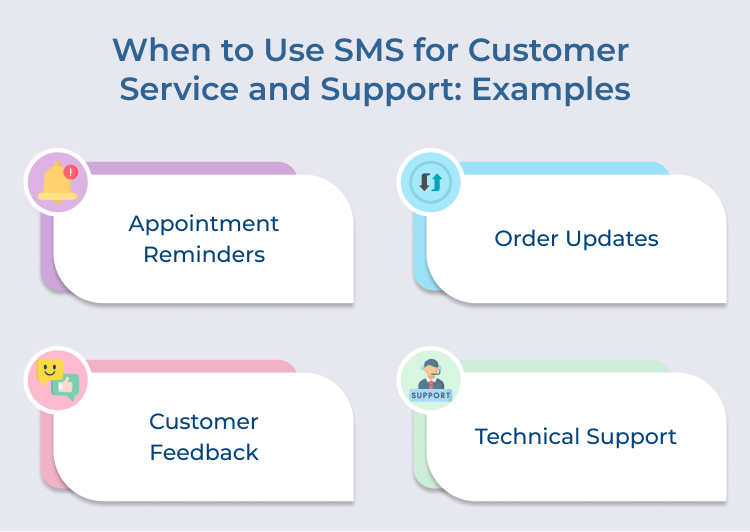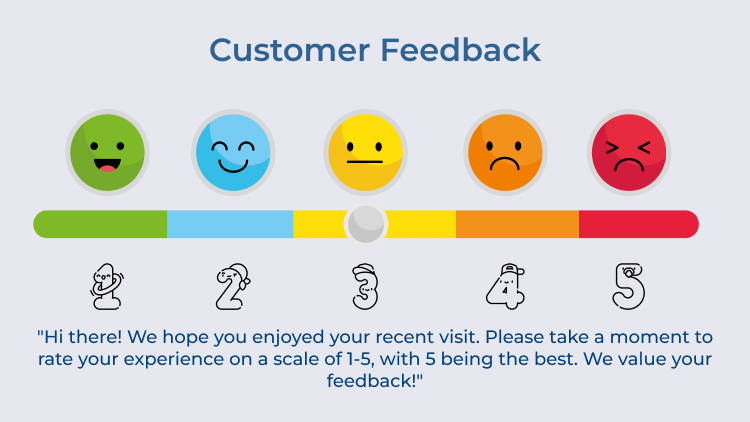Tips to implement it:
1. Define your goals: Clearly define what you hope to achieve with customer service text messaging, whether it’s improving response times, increasing customer satisfaction, or driving sales.
2. Create a communication plan: Develop a strategy for when and how you will communicate with customers via text messaging, including response times as well as follow-up procedures.
3. Train your team: Make sure your team is trained on how to effectively use customer service messages as a communication channel and align with your overall customer service strategy.
3. Set Clear Guidelines
Establish clear guidelines for how text messages should be handled, including response times, message tone and escalation procedures for handling more complex customer issues. Consistency is key in providing a positive customer experience.
Tips:
1. Establish response guidelines: Set clear guidelines for response times and availability to ensure consistency in your customer service text messaging.
2. Create message templates: Develop templates for common customer service inquiries to ensure quick and accurate responses.
3. Provide escalation procedures: Have a clear process in place for escalating issues that can’t be resolved via text messaging to ensure customer satisfaction.
4. Use Automation Wisely
While automation streamlines the customer service process, it’s important to use it wisely. Automated responses should be personalized and not sound robotic. Be sure to follow up with a live agent if the customer’s issue requires further assistance.
Pro tips:
1. Automate responses for common inquiries: Utilize automation to quickly respond to frequently asked questions or provide basic information.
2. Personalize automated messages: Even when using automation, make sure to personalize messages by including the customer’s name or referring to previous interactions.
3. Use automation for follow-up: Set up automated follow-up messages to ensure customer satisfaction and encourage feedback after a customer service interaction.
5. Personalize Messages
One of the key benefits of text messaging is its ability to provide personalized communication with customers. Use customer data to tailor messages to their specific needs and preferences. It could include addressing customers by name, referencing past interactions, or recommending products based on their previous purchases. Personalization strengthens the customer relationship and increases engagement with your brand.
Consider following tips:
1. Use customer data: Leverage customer data to personalize messages based on past purchases, preferences, or interactions with your brand.
2. Address customers by name: Make sure to address customers by name in your messages to create a more engaging experience.
3. Tailor messages based on communication style: Take note of customer communication preferences and tailor your messages accordingly, whether they prefer a more formal or casual tone.
6. Monitor and Analyze Performance
After implementing customer service text messaging, it’s important to monitor and analyze its performance. Track metrics such as response rates, customer satisfaction scores and resolution times to measure the effectiveness of your text messaging strategy. Use this data to identify areas for improvement and make adjustments to ensure your text messaging efforts are successful.
Pro tips:
1. Track response times: Monitor and analyze how quickly your team is responding to customer inquiries via text messaging to identify areas for improvement.
2. Measure customer satisfaction: Use surveys or feedback mechanisms to gauge customer satisfaction with your customer service text messaging.
3. Analyze data for insights: Collect data on customer interactions to identify trends, pinpoint areas for improvement and make data-driven decisions for optimizing your customer service text messaging strategy.
Who is SMS Customer Service Best for?
Do you know? 78% of customers wish they could just have a conversation over text with a business. SMS customer service is a valuable tool for businesses looking to improve their customer support experience. But who is SMS customer service best for? Let’s take a look at some key factors to consider:

